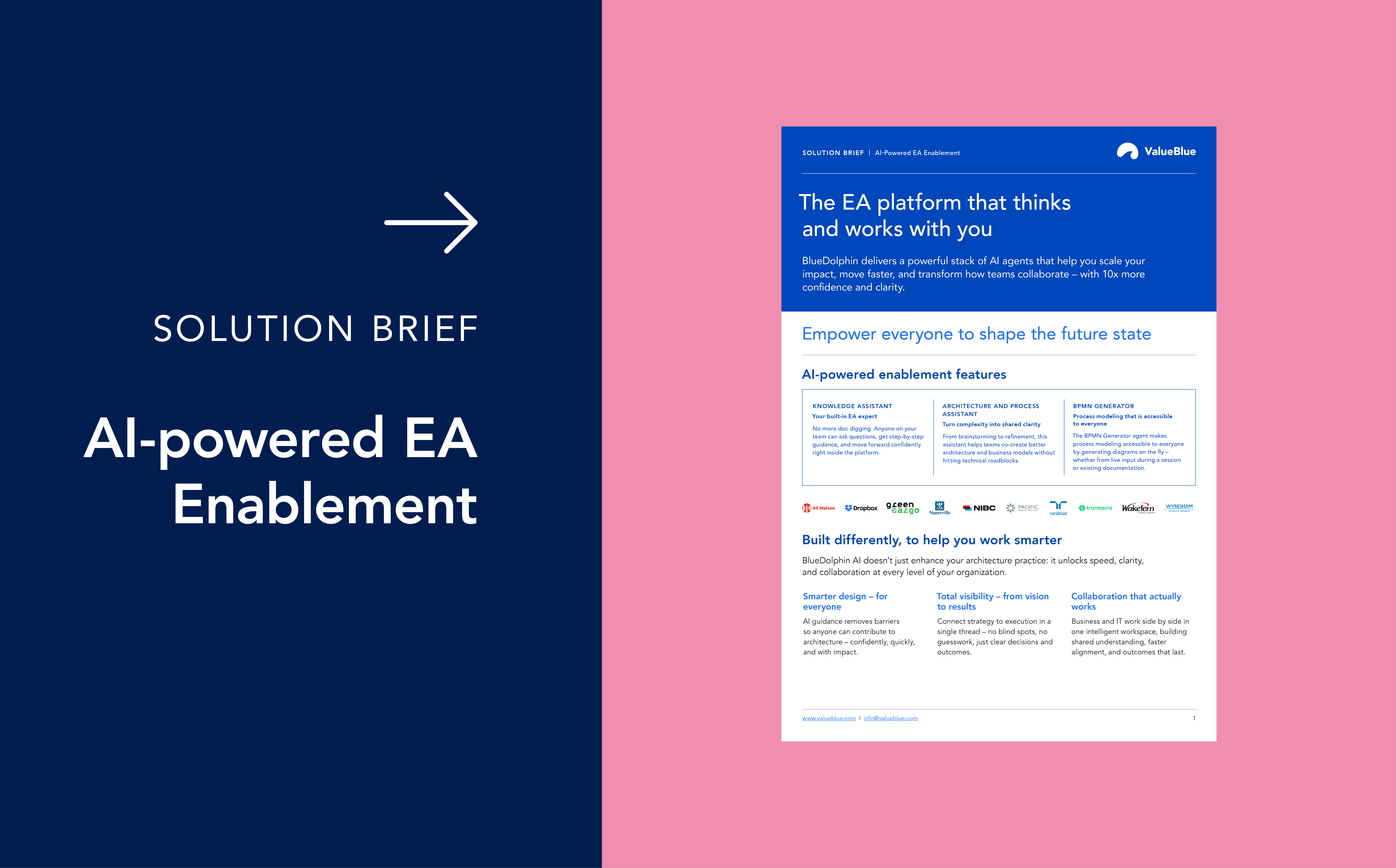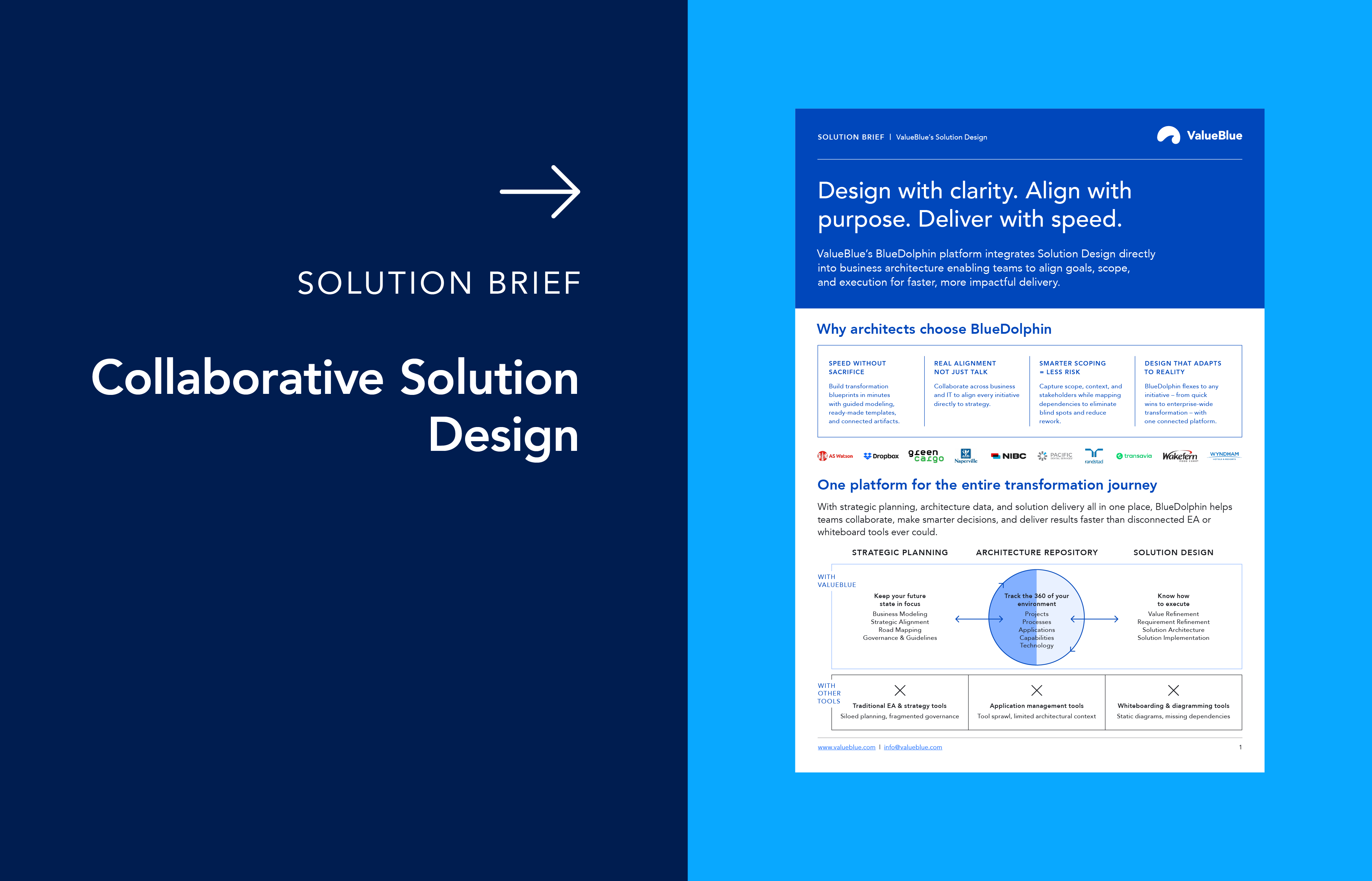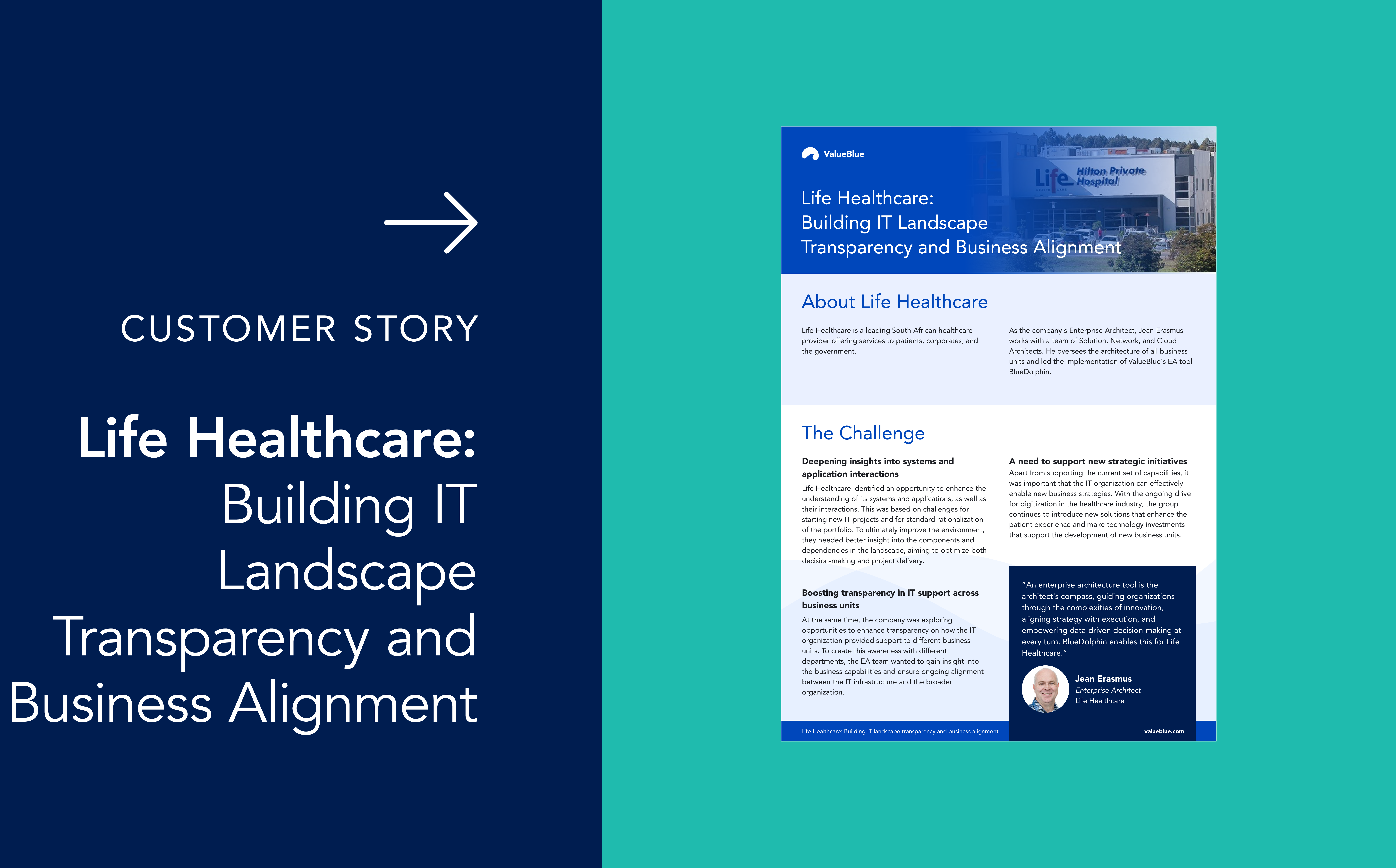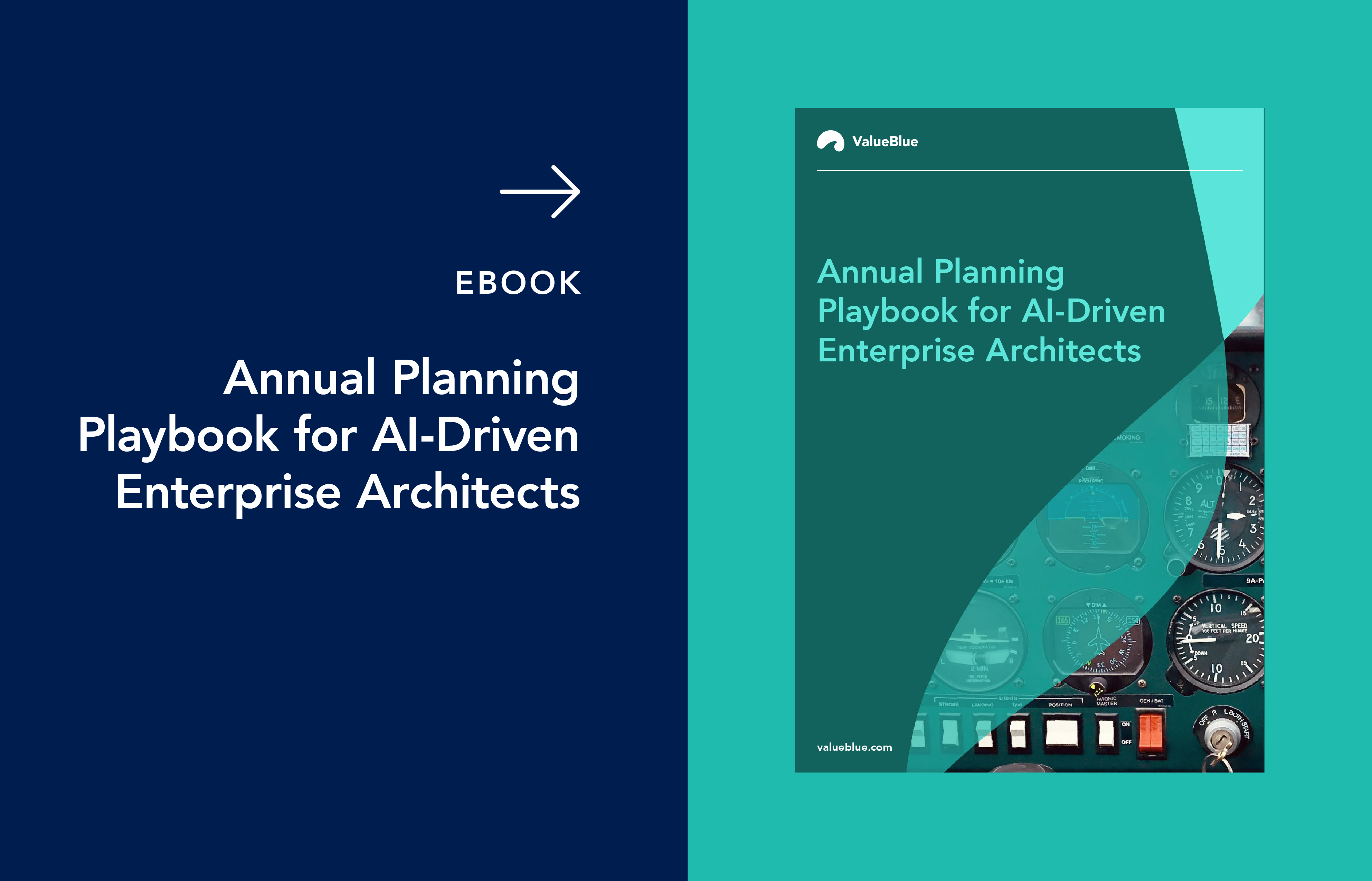Solution Design: The Bridge Between Strategy and Execution
Organizations rarely fail because they lack ambition. They fail because the connection between business strategy and execution is too weak. Budgets are approved, roadmaps are published, technology is purchased – yet many initiatives still miss deadlines, inflate costs, or underdeliver on value. The missing ingredient is often Solution Design.
Solution Design within Enterprise Architecture provides exactly what most organizations lack: a disciplined, iterative approach to turning business intent into implementable, sustainable solutions. Far from being a one-time exercise, Solution Design is a continuous practice that ensures every project remains strategically aligned, technically feasible, and operationally effective.
Why Solution Design matters
Too often, projects start strong with a defined set of goals but stall because execution veers from strategy. Solution Design prevents this by safeguarding alignment at every stage. It forces clarity on business value, ensures requirements are precise, and frames the solution within the broader enterprise landscape. By doing so, it closes the dangerous gap between plan and delivery.
Solution Design also ensures organizations avoid the trap of fragmented or siloed development. It keeps both the immediate project context and the broader enterprise environment in view, weaving solutions into the larger architecture repository rather than letting them live in isolation.
The 3 phases of effective Solution Design
Three interdependent phases make Solution Design effective:
1. Value refinement
This phase challenges teams to articulate the solution’s value clearly and concisely. Tools such as value proposition canvases and service blueprints tie the work back to real customer needs, not abstract aspirations.
2. Requirements refinement
High-level ideas are transformed into actionable, structured requirements. Stakeholder collaboration, iterative documentation, and visual design artifacts ensure that requirements are not only captured but also understood across both business and technical audiences.
3. Solution architecture design
This is where ideas become architecture. By mapping the current state, modeling a desired future, highlighting changes, and decomposing complexity into manageable components, organizations create a clear blueprint for implementation.
Notably, most of the practitioners rank solution architecture design as the most critical stage. Why? It brings all prior activities to life, showing not just what the solution is but how it fits and what it affects.
Why Solution Design needs an up-to-date architecture repository
A core principle of Solution Design is its deep integration with the Enterprise Architecture repository. Without this, designs can quickly become outdated, and projects drift. By embedding Solution Design in the same platform as the repository, organizations ensure accuracy, consistency, and a single source of truth. This integration transforms the repository from a static artifact into a dynamic, evolving reflection of both strategy and execution.
Solution Design as a shared effort across roles
Also, Solution Design is not a solitary task – it thrives on collaboration. Product owners, business analysts, domain experts, and solution architects must all collaborate to shape the design. That collaboration requires more than just meetings; it needs shared platforms where stakeholders can review, comment, annotate, and sign off in real-time. Role-based access further ensures governance, letting organizations balance openness with control.
Collaboration also feeds iterative learning. Because Solution Design is never final, ongoing feedback loops enable designs to evolve in response to shifting requirements and business conditions. This ensures teams move forward while staying aligned, reducing the chance of late-stage surprises.
The “just enough” level of detail to move projects forward
Overengineering upfront leads to wasted effort, while insufficient clarity leads to confusion. Effective Solution Design uses visual sketches and structured documentation strategically – just enough to guide stakeholders with confidence but not so much that the design becomes a burden.
This balance allows Solution Design to maintain momentum, keep teams aligned, and support reuse of components without overwhelming participants with unnecessary complexity.
Translating blueprints into business results
Ultimately, Solution Design is not about models or documents – it is about fostering a shared understanding that drives execution. Refining requirements, visualizing architecture, and stitching the solution into the enterprise framework ensure projects deliver outcomes that matter to the business.
Organizations that start small, iterate continuously, and centralize designs on an integrated platform not only accelerate project success but also reduce transformation waste. This turns Solution Design into more than a practice – it becomes a discipline for sustainable change.
Solution Design sits at the center of our latest eBook, “Strategies for Effective Solution Design and Implementation in Enterprise Architecture”. It explores its phases, practices, and collaborative tools in detail, offering a practical roadmap for organizations that want to bridge strategy and execution in a lasting way.
Download it now to learn all about it!





